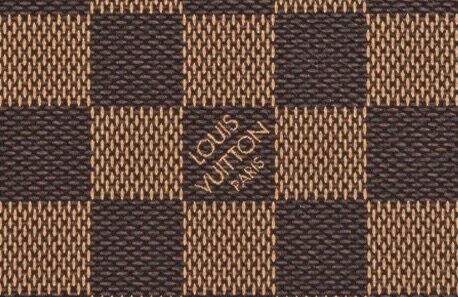The price of a pair of jeans from Zara or any other company would be roughly 2700 in Indian currency. But what is the cost of a pair of jeans to the environment? If we calculate what happens to the environment for a simple pair of jeans, it amounts to substantial environmental damage. Starting with the beginning of the life cycle of a pair of jeans, considering the material used – cotton. Cotton as a material uses water and pesticides, which adds to environmental degradation.
The next step would be to discuss some simple statistics to drive the point further- that manufacture if simple pair of jeans leads to damage to the environment. Cotton uses 25% of the world’s pesticide population. A whole sea – the Aral Sea has disappeared due to our obsession with new jeans.
Now to individually discuss some aspects of fashion that damage the environment. –
Dyeing has a toxic history and in countries like Bangladesh where there are weaker regulations, toxic water is directly dumped into seas. The impact of denim in terms of dying pollution is another factor that needs to be – A pair of jeans, for example, needs up to n10,000 liters of water to be made. Azo dyes are a particular pollutant that are synthetic nitrogen-based dyes and have recently come under the scrutiny recently for the extra amount of damage that they put.
As per a united nations study, producing a single pair of jeans consumes around 7,500 liters (2,000 gallons) of water, from the beginning of the lifecycle, which is cotton, to the finished product.
Another statistic that showcases the fashion industry’s reality is that the industry alone accounts for 8-10% of emissions and 20% of waste water. 93 billion cubic metres of water is used by the fashion industry every year.
Waste is another problem in this industry. Fast fashion overproduces, and due to that, sales can never be enough. Landfills and exportation to developing countries is the only solution left for textile waste. But these solutions aren’t permanent and only create further issues. Textile waste, even if incinerated, is harmful. Chile’s the Atacama Desert is slowly becoming a dumping ground for fast fashion.
Excessive chemical usage
Even in terms of finishing of products, there are various bleach type products that are harmful for even the workers of the industry.
Now that we understand that fashion, as beautiful it is, has a harmful and dangerous impact on nature and its components, what can we do to change that?
Some innovative changes can help recuperate the industry. Keeping all of this in mind the steps that we can take as global citizens –
- Firstly, avoid hitting into every temptation – and buy less.
The less you buy, the less would this reckless lifestyle be promoted.
- Reducing dependence on Fast fashion.
- If giving into the thought of buying – pay careful attention to the kind of brand you shop from. Shop from sustainable brands.
- New mechanisms show that the fashion industry is slowly changing – for example the companies which rent out clothes. Second-hand clothes and thrifted clothes also elongate the lifecycle of a dress.
- There are hardly any legal measures and steps taken to put an end to such practises. Developing countries have fewer regulations and hence cannot control or prevent such situations. Specific organisations and countries, attempt to take cognisance of such situations. Sweden, a leader in terms of sustainable fashion, cancelled Stockholm fashion week, realising the impact that such extravagant events have on the environment. In 2009, the Sustainable clothing alliance created a HIGG index with more than 200 members to independently evaluate and quantify environmental and social sustainability in their supply chain. These are organisational and country-based changes.
Such initiatives from countries, organisations, and individuals can start to change the fashion industry which can help change the industry and make it sustainable. the Fashion industry uses water, pollutes water. Waste, chemical usage, and hazardous treatments are other forms of damage. Immediate attention is required to stop rivers, oceans and deserts’ depletion and destruction. Fashion shouldn’t cost us the whole planet. The environmental cost of simple clothing items like a pair of jeans is enormous, which highlights the cost of the fashion industry in general.


















